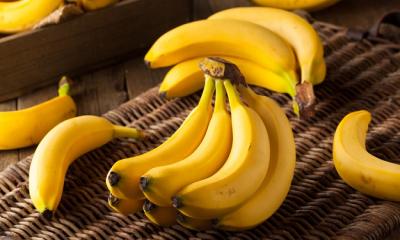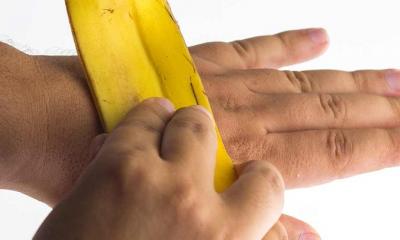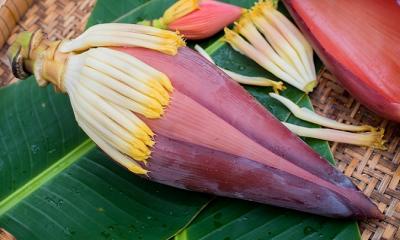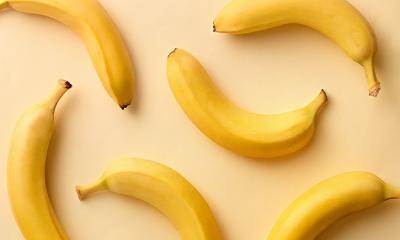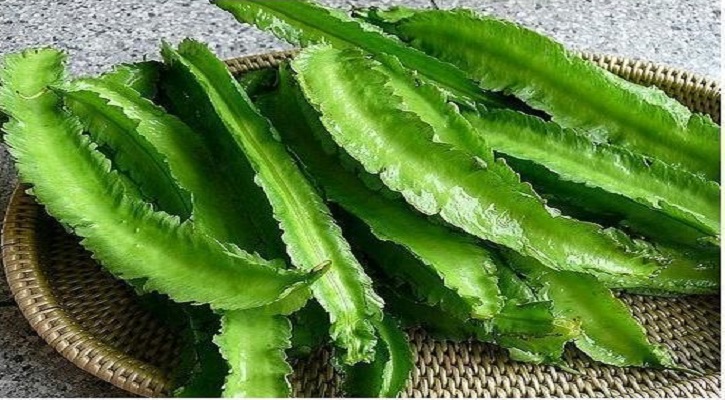
Winged Bean
- Womenscorner Desk
- September 20, 2020
The winged bean (Psophocarpus tetragonolobus), also known as the goa bean, four-angled bean, four-cornered bean, manila bean, princess bean, cigarrillas, asparagus bean, dragon bean, is a tropical herbaceous legume plant. Its origin is most likely New Guinea.
It grows abundantly in the hot, humid equatorial countries of South and Southeast Asia. In Southeast Asia and Papua New Guinea it is widely known, but only cultivated on a small scale. Winged bean is widely recognised by farmers and consumers in southern Asia for its variety of uses and disease resistance.
Read More : Fava Beans
Winged bean is nutrient-rich, and all parts of the plant are edible. Leaves can be eaten like spinach, flowers can be used in salads, tubers can be eaten raw or cooked, seeds can be used in similar ways as the soybean. The winged bean is an underutilised species but has the potential to become a major multi-use food crop in the tropics of Asia, Africa, and Latin America.
The winged bean species belongs to the genus Psophocarpus, which is part of the legume family, Fabaceae. Species in the Psophocarpus genus are perennial herbs grown
as annuals. Psophocarpus species have tuberous roots and pods with wings. They can climb by twining their stems around a support.
The entire winged bean plant is edible. The leaves, flowers, roots, and bean pods can be eaten raw or cooked; the pods are edible even when raw and unripe. The seeds are edible after cooking. Each of these parts contains vitamin A, vitamin C, calcium, and iron, among other nutrients. The tender pods, which are the most widely eaten part of the plant, are best when eaten before they exceed 2.5 cm (1.0 in) in length. They are ready for harvest within three months of planting. The flowers are used to colour rice and pastry. The young leaves can be picked and prepared as a leaf vegetable, similar to spinach. The nutrient-rich, tuberous roots have a nutty flavour. They are about 20% protein; winged bean roots have more protein than many other root vegetables. The leaves and flowers are also high in protein (10–15%).
Read More : Ever tasted raw meat and is it safe to consume it?
The seeds are about 35% protein and 18% fat. They require cooking for two to three hours to destroy the trypsin inhibitors and hemagglutinins that inhibit digestion. They can be eaten dried or roasted. Dried and ground seeds make a useful flour, and can be brewed to make a coffee-like drink. The beans are rich not only in protein, but in tocopherols (antioxidants that facilitate vitamin A utilisation in the body). They can be made into milk when blended with water and an emulsifier. Winged bean milk is similar to soy milk, but without the bean-rich flavour. The flavour of raw beans is not unlike that of asparagus.
Smoked pods, dried seeds, tubers (cooked and uncooked), and leaves have been sold in domestic markets in South East and South Asia. Mature seeds can command a high price.
Source : Google

